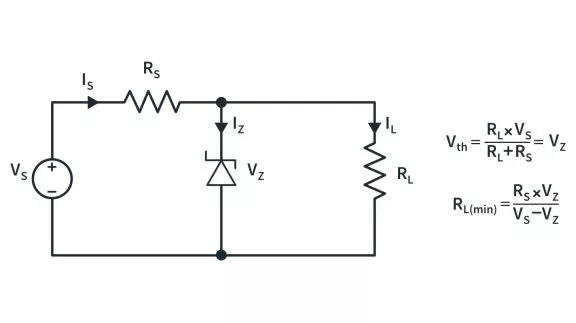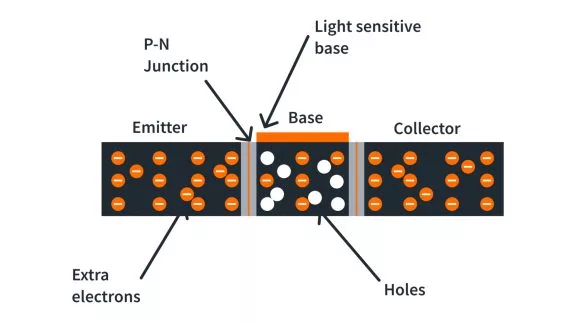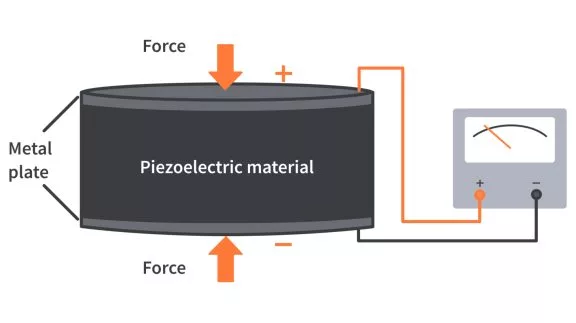How a 3-Way Switch Works | CircuitBread Practicals
Published
Welcome to another CircuitBread practicals where we kind of talk about the intersection of electrical engineering and electrician work. Hopefully making it so electrical engineers aren't quite so embarrassingly bad at knowing what's going on with the wiring in their house and perhaps even be able to help people when they ask questions about house wiring.
Today we’re talking about 3-way switches. In another tutorial, we talked about the typical switches used, which are simple single pole, single throw (SPST) switches. Placed in series with the hot wire, those simple SPST switches work by themselves to cut power to a load. By comparison, a 3-way switch uses two switches working together to control a load. This requires both special switches and special wiring.
A 3-way switch is a single pole, double throw (SPDT) switch. Unlike with the SPST switches that simply open and close, SPDT switches change between two different connection points.


With this ability, instead of one hot line, two lines are used, your typical hot line and a “traveler” wire, and the switch toggles between the two lines. This is where the special wire is needed. Instead of two conductors (hot and neutral), you need three (hot, traveler, and neutral). The neutral line is still tied together like in a normal switch and is generally ignored when discussing how a 3-way switch works simply because it’s very simple.
The way these two SPDT switches work to allow actuation from either place is quite simple. All power from the source must go through both switches before going onto the load. Between the two switches are the two lines. Power in and power to the load can go via either line. The switches are always connected to one of the two lines. If they’re connected to the same line, power flows, and the load is powered. If they’re not connected to the same line, then power doesn’t flow, and the load remains unpowered.

And that’s how it works, theoretically. In reality, it is just as straightforward. With the 3-way (SPDT) switches, there is a common connection and then two outgoing connections. For the switch where power comes in, the power is connected to the common (usually indicated by having a different colored screw - if there isn’t a visual indicator, look at the accompanying paperwork). For the switch where power is going out to the load, the power out to the load is connected to common. The two conductors, hot and the traveler wire, are connected to the remaining two connections. Do not mistake the ground connection as one of the connectors - it’s almost always indicated with a green screw. If there are not four connection points total (ground, common, and two outputs) then you probably don’t have the right type of switch.
Once the wires are connected on both ends, you can turn on the power and test the switches. If the lights don’t turn on and off by switching each switch individually, make sure you didn’t get your common connection confused with something else.
Note: If you are like me, and want it to have the switches both in the down position to indicate that the lights are off, you may need to swap the hot and traveler line on ONE of the switches. Do not swap them on both switches or it will act the same way.
That’s it! Hopefully that clarified both the operation and installation of 3-way switches. If you have any questions or comments, please leave them below.

Get the latest tools and tutorials, fresh from the toaster.














